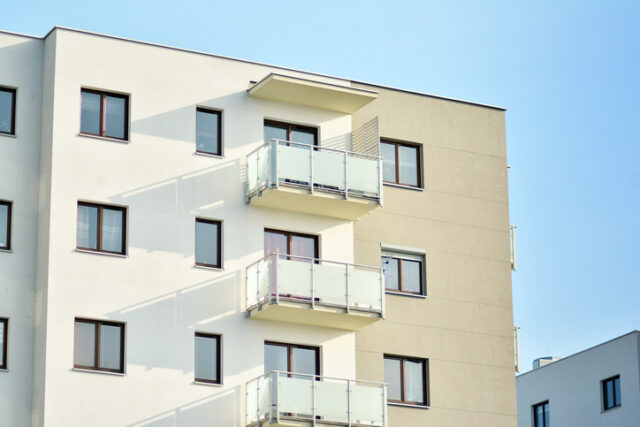
The Window Energy Rating Scheme (WERS) enables windows and glazed doors to be rated and labelled according to their annual energy impact on a house in any Australian climate. WERS is managed by the Australian Glass and Window Association and complies with the protocols of the Australian Fenestration Rating Council.
How WERS works
WERS assigns separate star ratings for heating and cooling performance on a scale from zero to ten stars in half‑star increments. Zero stars means the window performs very poorly while ten stars means the best possible performance. Ratings reflect the whole‑house effect when applied to a model home compared with a baseline window system made of single clear glazing and unbroken aluminium frames.
Every WERS rated product includes a certificate and label that shows both cooling and heating star ratings. Energy performance data such as U‑value, Solar Heat Gain Coefficient and indicative percentage reductions in energy demand are also provided.
Why WERS matters under current regulations
From May 2025, all new homes and major renovations in Australia must meet a minimum seven‑star NatHERS shell energy rating. Windows now contribute directly to this whole‑home rating. WERS enables designers and homeowners to evaluate how window selections affect the home’s heating and cooling energy load.
Choosing WERS rated windows provides clear evidence that the product supports compliance with the National Construction Code energy efficiency requirements. WERS ratings also allow energy assessors to model window performance accurately in NatHERS or other accredited software.
What to look for when selecting windows
Products must be tested by accredited laboratories and rated under WERS. Look for windows carrying a WERS label showing both heating and cooling stars. Common high‑performance windows typically score around six to seven stars for heating and four to five stars for cooling depending on framing, glass type and climate.
Double glazing with low‑e coatings and inert gas fill, combined with thermally broken frames in aluminium, timber, uPVC or composite materials, is becoming standard to achieve higher star ratings.
Benefits of WERS rated windows
WERS rated windows help reduce both heating and cooling energy demands and improve comfort. They also reduce condensation, block solar glare, enhance daylight and increase the resale value of the home.
By modelling energy impacts rather than just relying on technical specs, WERS ratings offer a clear comparison across products and help homeowners choose windows that will perform well in their climate.
Checklist for energy‑rated windows
- Ensure windows carry a valid WERS label with separate heating and cooling star ratings
- Request U‑value and SHGC performance data to verify energy impacts
- Choose double‑glazed units with low‑e coatings and gas fills as standard
- Confirm frames are thermally broken or low conductivity material
- Use WERS rated windows as part of NatHERS or whole‑home energy assessments
- Verify that your window supplier is accredited and provides a certified WERS certificate





